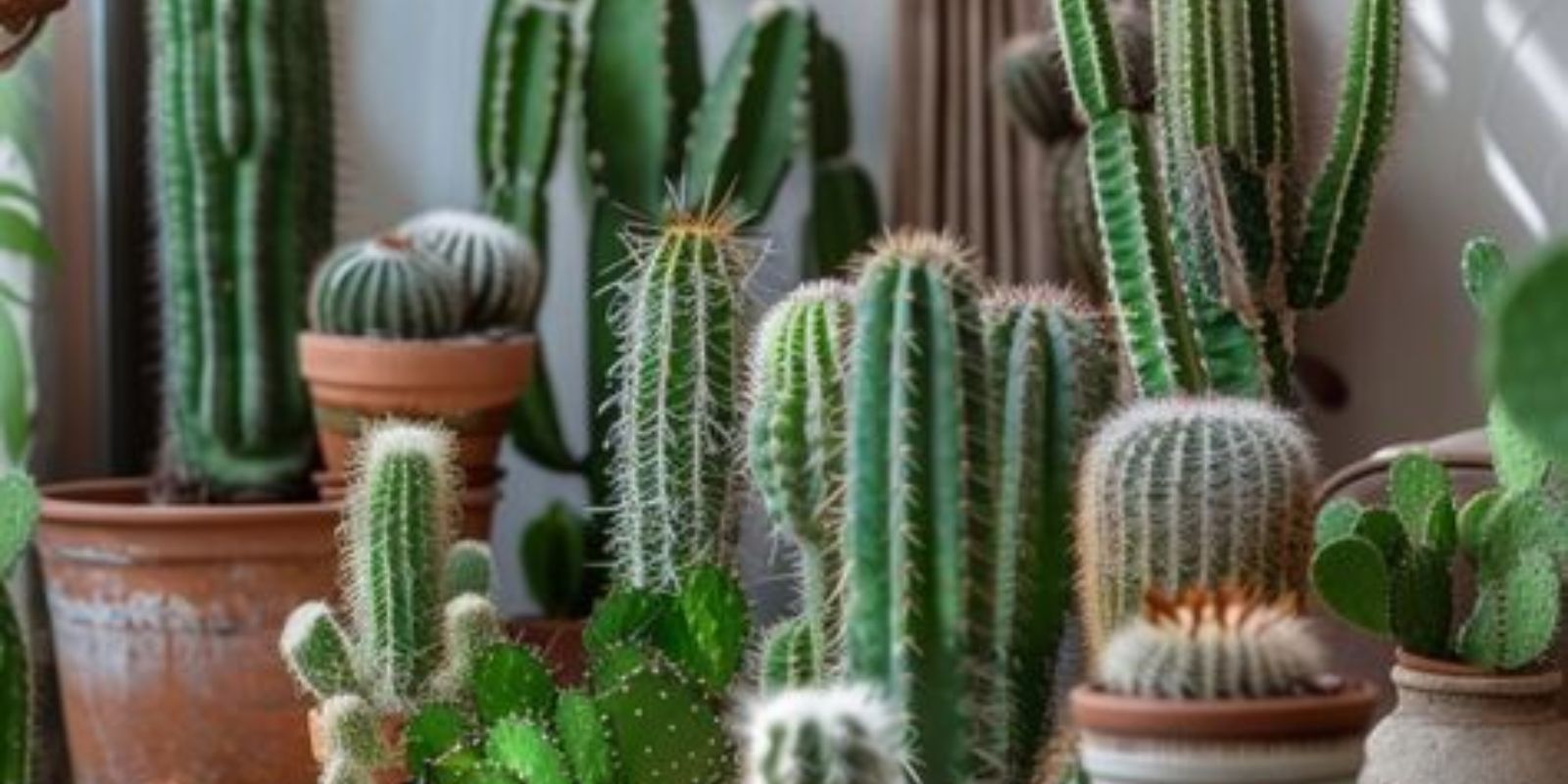Cacti, with their unique shapes and low-maintenance nature, are beloved by many gardeners and plant enthusiasts. These resilient plants are known for their ability to thrive in harsh conditions, but there’s a surprisingly simple technique that can take your cactus care to the next level. Despite their hardy nature, many people are unaware of how a few small adjustments can lead to healthier, more vibrant cacti. This article will delve into the details of this technique and provide you with a comprehensive guide to growing the best cacti possible.
Understanding Cacti Basics
Before diving into the technique, it’s important to understand the basics of cacti care. Cacti are succulents, which means they store water in their stems and leaves. This adaptation allows them to survive in arid environments. However, this doesn’t mean they don’t need care; in fact, improper care can lead to a variety of issues, from rot to stunted growth.
Step 1: Preparing the Soil
The foundation of healthy cactus growth is well-draining soil. Unlike many other plants, cacti require soil that won’t retain too much moisture, as this can lead to root rot.
- Choose the Right Soil: Commercial cactus or succulent mixes are readily available and are designed to provide the right drainage. If you prefer to make your own mix, combine regular potting soil with sand or perlite in a 1:1 ratio. This ensures that water can flow through the soil easily, preventing it from becoming waterlogged.
- Pot Selection: Use a pot with drainage holes to allow excess water to escape. Terracotta pots are ideal because they are porous and allow for better airflow around the roots.
Step 2: Watering Wisely
Watering is one of the most crucial aspects of cactus care, and it’s often where many people make mistakes. Cacti are drought-tolerant plants, and they prefer to dry out completely between waterings.
- Deep Watering: When you water your cactus, do so thoroughly. Ensure the water reaches the bottom of the pot and the soil is fully saturated. This encourages deep root growth.
- Infrequent Watering: Allow the soil to dry out completely before watering again. This can mean watering every few weeks in the summer and even less frequently in the winter. Overwatering is a common cause of cactus health issues.
Step 3: Providing Adequate Sunlight
Cacti are sun-loving plants, and they need plenty of light to thrive.
- Sunlight Requirements: Place your cactus in a spot where it can receive 6-8 hours of direct sunlight each day. South or west-facing windows are typically the best locations indoors.
- Avoiding Sunburn: While cacti love the sun, they can get sunburned if they are suddenly exposed to too much direct sunlight. Gradually acclimate your cactus to higher light levels if it has been in a shaded area.
Step 4: Maintaining Optimal Temperature
Cacti are native to environments with wide temperature ranges, but they generally prefer warm conditions.
- Warmth: During the growing season (spring and summer), keep your cactus in a warm environment, ideally between 70-95°F (21-35°C).
- Cool Dormancy: In the winter, many cacti go into a dormant period and prefer cooler temperatures, around 50-55°F (10-13°C). However, protect them from freezing temperatures as they can be fatal.
Step 5: Fertilizing Sparingly
Cacti don’t require much fertilization, but a little boost during the growing season can promote healthy growth.
- Low-Nitrogen Fertilizer: Use a fertilizer specifically formulated for cacti and succulents, which is typically low in nitrogen. High nitrogen levels can cause soft, excessive growth that is prone to disease.
- Monthly Feeding: Fertilize your cactus once a month during the growing season. Dilute the fertilizer to half the recommended strength to avoid over-fertilization.
Step 6: Repotting
Repotting your cactus every 2-3 years can rejuvenate its growth by providing fresh soil and more space.
- Choosing the Right Time: The best time to repot a cactus is in the spring, at the beginning of the growing season.
- Handling with Care: Cacti have spines that can make repotting tricky. Use thick gloves or newspaper to handle the cactus. Gently remove it from its pot, shake off the old soil, and place it in a new pot with fresh soil mix.
Step 7: Pest Control
Cacti are generally hardy, but they can still fall victim to pests such as mealybugs and spider mites.
- Regular Inspections: Regularly inspect your cactus for signs of pests. Look for small, cottony clusters (mealybugs) or fine webbing (spider mites).
- Natural Remedies: If you find pests, treat them with natural remedies like neem oil. Avoid chemical pesticides, which can harm the plant.
Additional Tips for Cactus Care
- Air Circulation: Good air circulation is essential to prevent fungal infections. Ensure your cactus is in a well-ventilated area.
- Humidity: Cacti prefer low humidity environments. Avoid placing them in bathrooms or other humid areas.
- Cleaning: Dust can accumulate on cacti, blocking sunlight. Use a soft brush to gently clean the plant’s surface.
Common Mistakes to Avoid
- Overwatering: The most common mistake is overwatering. Remember, it’s better to underwater than overwater a cactus.
- Improper Light: Not providing enough light can lead to weak, etiolated growth. Ensure your cactus gets sufficient sunlight.
- Wrong Soil Mix: Using regular potting soil without amendments can retain too much moisture. Always use a well-draining mix.
Conclusion
By following these surprisingly simple steps, you can ensure your cacti are not just surviving but thriving. Proper soil preparation, wise watering, adequate sunlight, and occasional fertilization are key to healthy cactus growth. Remember, while cacti are resilient, they still require specific care to reach their full potential. Give these techniques a try and watch your cacti flourish like never before. Happy gardening! 🌵

